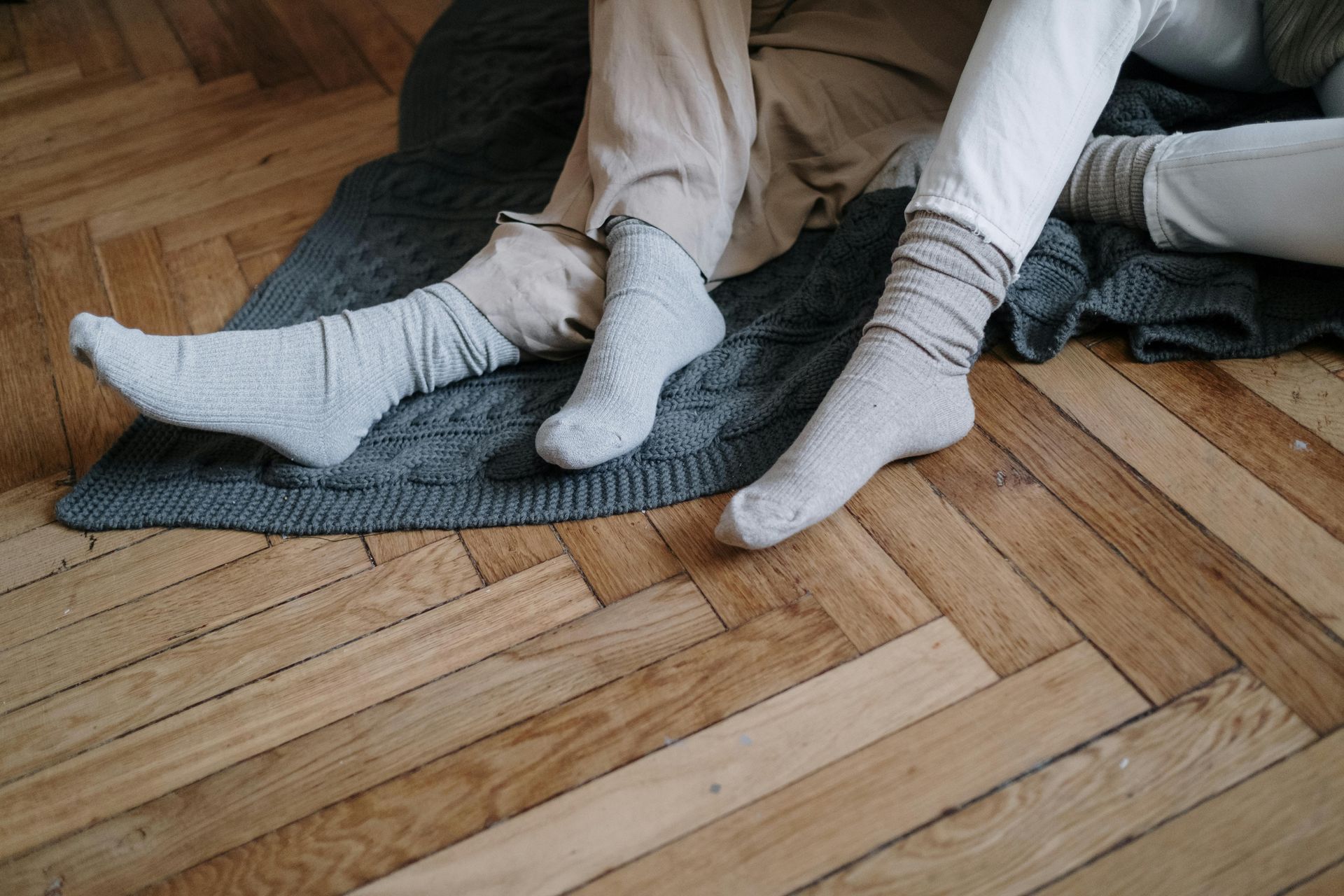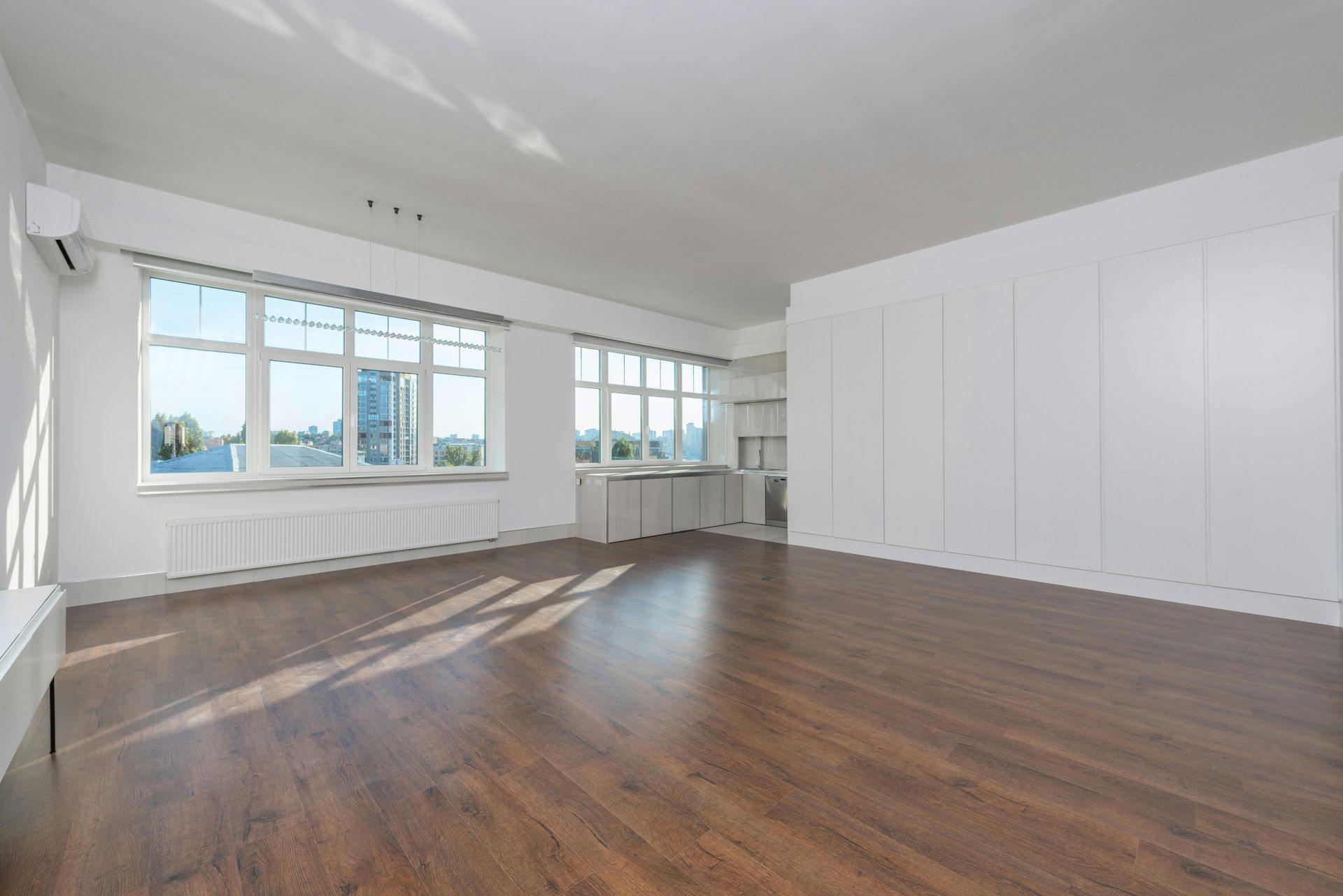9 Best Flooring Options for Your Home 2023
Expert tips to help you find the best floor to walk on
Flooring is one of the few things in a house that looks good and works well at the same time. You walk all over it, but it's an important part of the design, just as important as the paint colors and furniture. Then there's the amount of money you'll have to spend, especially if you want to redo the floors in your whole house.
Floors for Less has been around for over 30 years, and our experts have known for a long time how important flooring is to the look and function of a home. We've tried wood and stone, which have been around for a long time, as well as vinyl and engineered wood floors, which were invented in the 1970s. Recent years have seen the rise in acceptance of even more materials, like concrete and plastic that look like wood.
Our ultimate flooring guide walks you through all the choices, including pros, cons, and basic price for the best types of flooring for your home. Keep in mind that most houses have more than one type of flooring, so you can choose the best one for each room and your needs. Our advice on this subject hasn't changed in more than a century: Spend more on the parts of your home that get a lot of use and are seen by a lot of people. Elsewhere, choose low-cost materials that will last.
Hardwood Flooring
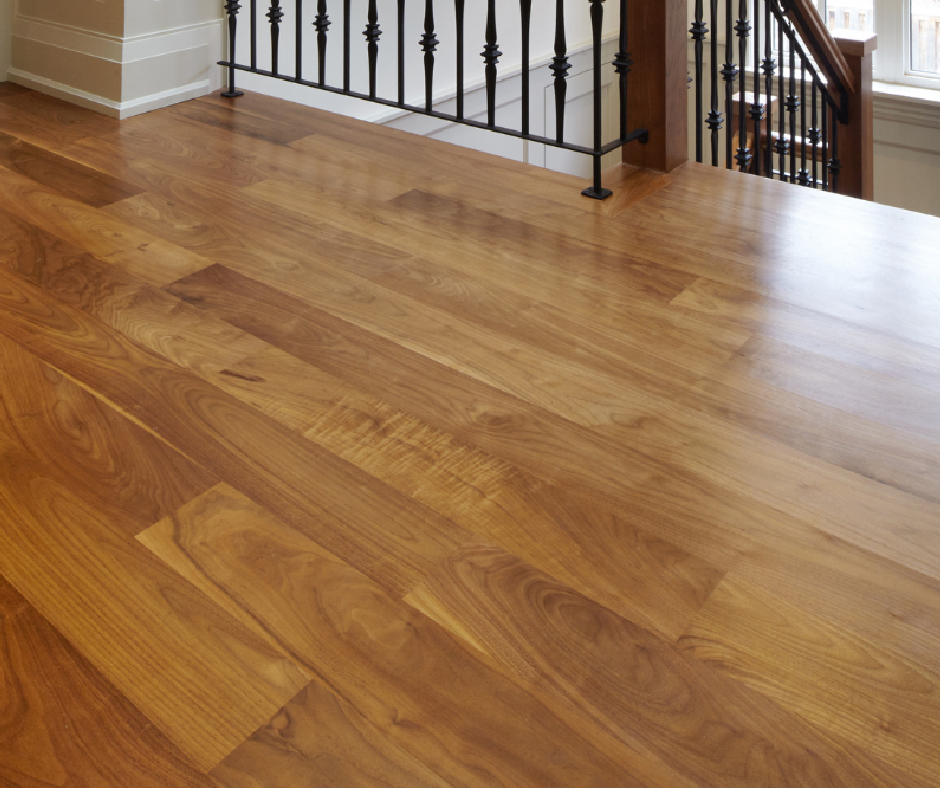
There are two main types of hardwood flooring: solid wood flooring and engineered wood flooring. Solid wood flooring is made of one solid piece of wood, as the name suggests. Engineered wood flooring is made of layers of plywood with a thin layer of real wood glued on top. Both types come in up to fifty varieties, with oak, ash, maple, and walnut being some of the most common.
Hardwood floors have been popular for a long time because they are warm and beautiful. Since the material can be sanded and polished more than once (especially solid wood), a well-kept wooden floor can last for decades or even centuries if it is taken care of properly.
The biggest concern for many is cost. Even though some types of wood cost less than others, wood flooring is usually the most expensive. It can also be dented or scratched. Solid wood flooring can expand and contract with changes in humidity, which can cause cracks, splinters, and boards that squeak. Engineered flooring, on the other hand, handles moisture much better and is a good choice for kitchens and basements.
Including work and materials, installing hardwood usually costs between $7 and $16 per square foot. However, these costs can go up or down based on the grade of the wood.
Laminate Flooring

Laminate is another man-made product, but instead of a thin layer of wood on top, it uses a picture of wood (or stone or any other object), coated with a layer of plastic to protect it. Usually, thick fiberboard is used as the base for laminate flooring.
- Pros: The plastic topcoat makes laminate one of the most durable flooring choices. It is very hard to scratch or dent. It's also one of the least expensive options and it often comes as a "floating" floor system with planks that snap together instead of having to be nailed or glued down.
- Cons: Laminate flooring won't fool many people into thinking it's real wood or stone. It feels and sounds like plastic when you walk on it and the way the patterns repeat diminish any natural look. Since laminate can't be repaired, it's not a floor that will last forever. And the fact that it is made with formaldehyde and other chemicals makes it less healthy and less eco-friendly.
The price per square foot of laminate flooring is $5–$12.
Vinyl Flooring
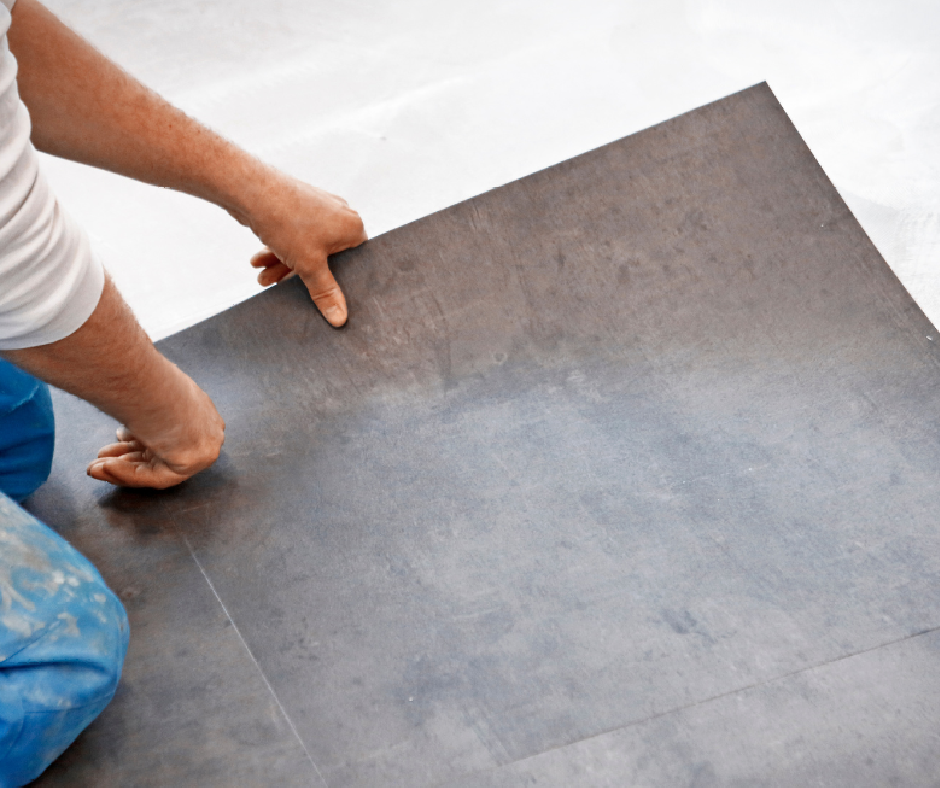
Vinyl flooring, which is also called "resilient flooring," is the type of flooring that is growing the fastest. It ranges from less expensive, easy-to-install peel-and-stick tiles to higher end luxury vinyl tile (or LVT for short), which is made of several layers, including a design layer with a high-definition printed picture, a durable top layer, and several cushion layers.
- Pros: Sheet vinyl for beginners is very cheap. Vinyl can't get stained, scratched, or dented, and it's also waterproof, so it's safe for basements and bathrooms. Installation is easy, especially with tiles that stick to the floor and floating pieces. LVT is a tile that looks and feels like real wood and is thick and strong. In tests, our product experts often have trouble telling the difference between LVT and real wood.
- Cons: Even though there are more designs and colors to choose from, LVT is still not the same as real wood or stone, so purists will never accept it. It can't be restored, so when it starts to wear out, you have to replace it. LVT is also surprisingly expensive, and its price often comes close to that of real wood.
Vinyl flooring products usually cost between $1 and $6 per square foot, and the cost of work is between $1 and $5 per square foot. Vinyl floors put in by a professional cost between $2 and $11 per square foot.
Carpet
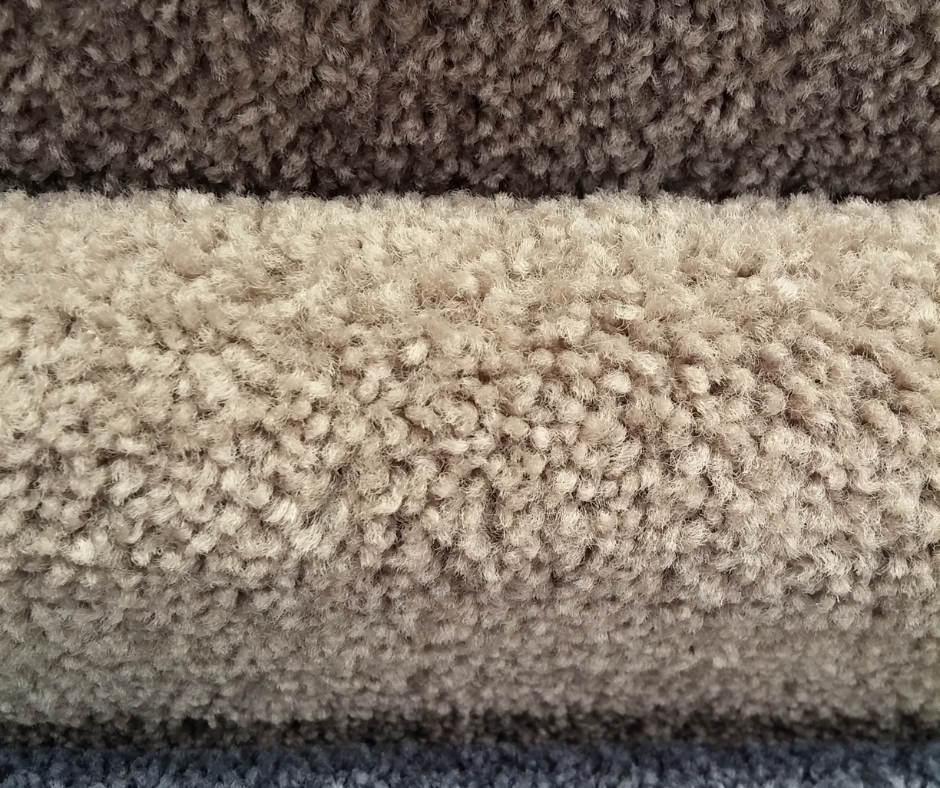
Though carpet has been losing market share to resilient flooring, it’s still the biggest flooring category in the U.S. Most carpet sold in this country is tufted, with small, usually nylon fibers poking up through a backing that's typically made of polyurethane. Then there’s woven carpet, which is more common in Europe and is made by weaving lengths of yarn that is usually made of wool. Woven carpet is several times more expensive than tufted carpet.
- Pros: Carpet is the most comfortable and cost-effective flooring material and it’s available in a wide range of colors and patterns. It installs easily and carpet is easy to maintain, requiring just regular vacuuming. Stain-resistant versions are even easier to keep clean.
- Cons: The main downfall with carpet is that it holds dirt and dust which can be particularly unpleasant for allergy sufferers. Woven carpet is much better at resisting this, since its construction doesn’t create places for dirt to hide. Wool is also anti-static, so it doesn’t attract dust the way nylon tufted carpets will.
It costs between $2 and $8 per square foot to put in carpet. New carpet costs between $1 and $5 per square foot, and it costs between $0.50 and $1.50 per square foot to put in.
Stone Flooring
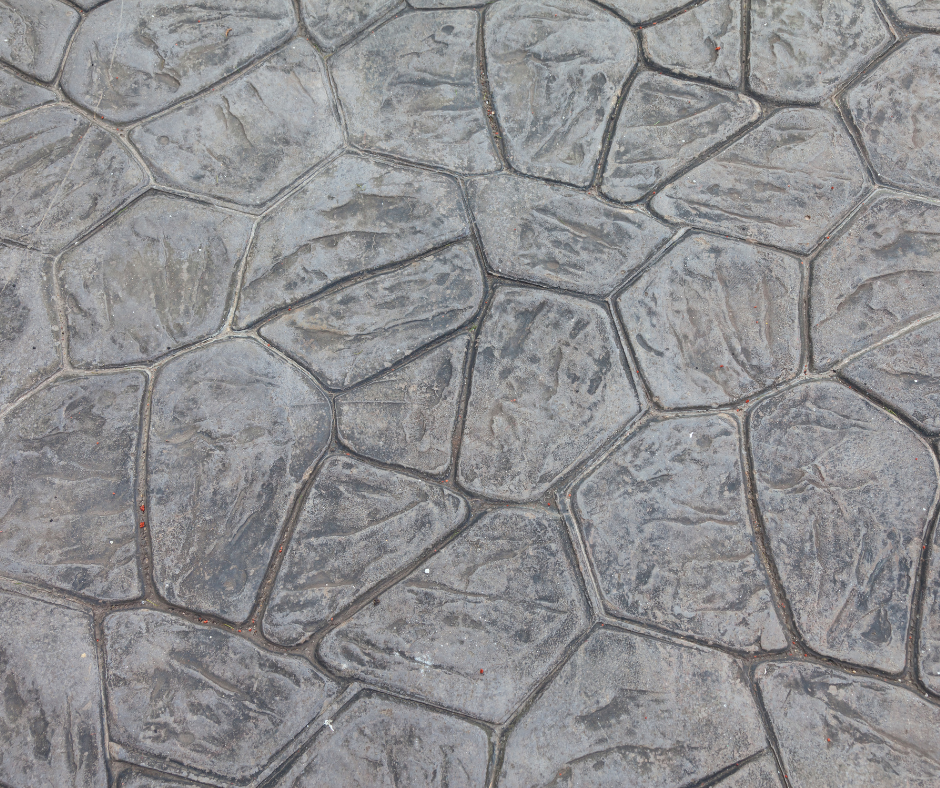
Stone is another flooring material that has been around for a long time and almost always adds value to a home. There are three kinds of stone used for floors. Stones like travertine and limestone are made up of layers of minerals and sea organisms that have dissolved. Igneous stone, like granite, is made by volcanoes and very high temperatures. Stones like marble and slate are made of metamorphic rock, which has changed from one form to another because of heat and pressure.
- Pros: Stone flooring is very unique and interesting because no two stones are the same. Stone is also a strong material that can handle being walked on a lot and not fading in the sun. It also keeps germs and dust away.
- Cons: Most stone flooring is expensive and needs to be put in by a professional. Stone floors aren't comfortable to walk on and dishes that fall on them almost always break. Many kinds of stone floors need to be sealed to keep stains from getting in.
Average cost of stone flooring per square foot installed: $6-$10
Concrete Flooring
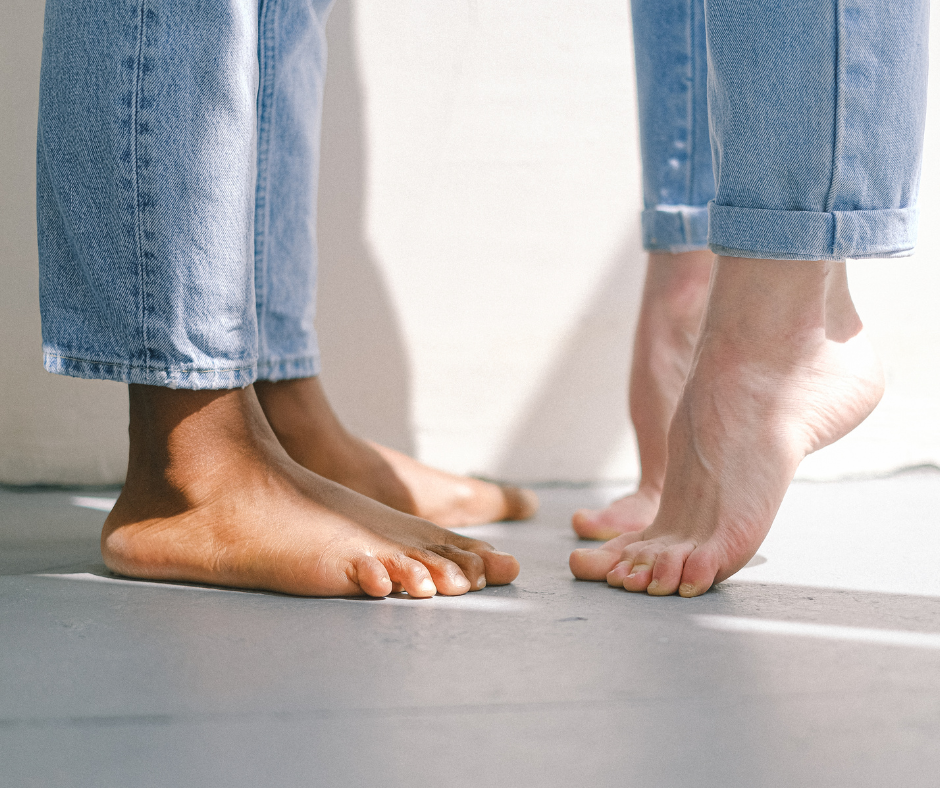
High-end builders and designers are using this basic building material as a trendy choice for floors and cooking countertops. Poured-in-place concrete floors can be the standard industrial gray color, or they can be dyed to be a different color. It can also have different things done to its surface, like acid spots or rubber-stamp cutouts, giving it a truly unique look.
- Pros: Concrete floors are sturdy and easy to keep clean, as long as they are protected properly when they are put in. Since the material is good at transferring heat, concrete floors are a good choice if you want to use radiant heating, in which hot water tubes are put in the floor during installation.
- Cons: Concrete floors are expensive and need to be put in by a professional because they are made to order. The material is also very hard and harsh, and it needs to be resealed about once a year to keep from getting stained.
On average, it costs between $3 and $8 per square foot to put in a concrete floor. This would cost between $900 and $2,400 for 300 square feet of concrete blocks. But keep in mind that staining, polishing, sealing, and finishing the concrete floor can add $2 to $6 per square foot to the cost.
Tile Flooring
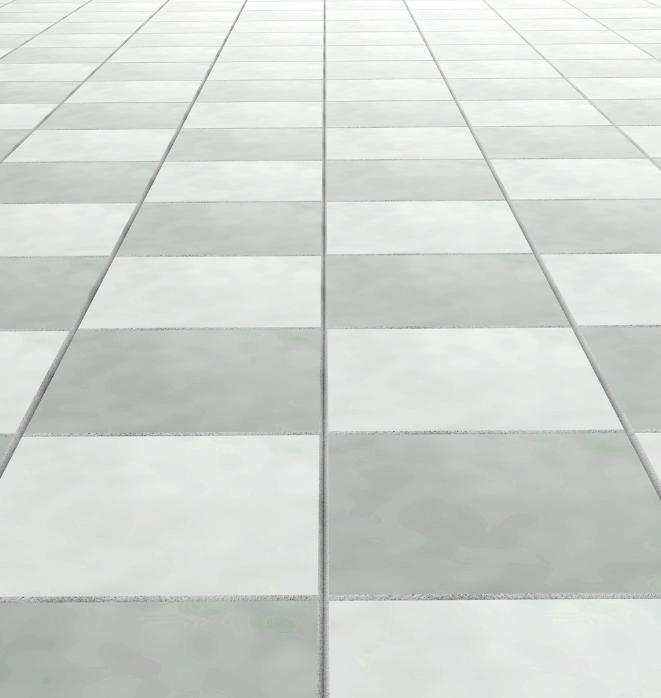
Ceramic and porcelain tiles are the two most common types of flooring tiles. Ceramic is made by mixing sand and water, which makes it softer and cheaper. Porcelain is made from a finer, thicker clay that is fired at a higher temperature, so it is naturally stronger and less porous.
- Pros: Tile floors have a classic look and come in a wide range of colors and patterns, from mosaics to large-format tiles with few grout lines. All tiles are waterproof and easy to care for. Porcelain tile is very durable and doesn't get scratched or dented easily.
- Cons: The biggest challenge is tile installation. Most tiles are put down with mortar on a smooth, stable surface. If you're not a very experienced DIYer, it's best to let a pro do the job. The price of porcelain tile is about the same as that of real wood flooring.
Costs to have a professional tile floor put in change a lot based on the material used and the size of the room. The average price per square foot is between $2 and $100. It costs between $1,500 and $6,000 to put a tile floor in a 10-by-15-foot room, which is 150 square feet.
Cork Flooring

Cork is another type of niche flooring. It is made from the wood of cork trees, which is a natural resource. We think it’s the best thing on earth, but the quality varies a lot in this category, so it's best to buy it from a flooring specialist who can help you find a good brand. New Paragraph
- Pros: Cork is one of the most comfortable types of flooring because it is light and airy. It is water resistant and doesn't get slippery when wet, so it can be used in bathrooms and kitchens. Cork is safe and good for the environment.
- Cons: The material tends to fade when exposed to strong sunshine. Cheaper cork flooring will get scratched easily by furniture, pets, and people walking on it a lot.
Cork flooring costs between $5 and $14 per square foot to install, which includes the cost of materials and work.
Linoleum Flooring

This flooring is made from linseed oil and wood goods, so it is all natural. It's sold in tiles or sheets like vinyl, but it's not nearly as popular as vinyl. People who put linoleum in their kitchen, bathroom, or maybe a new home gym are usually more experienced.
- Pros: Linoleum's uniqueness and retro charm are big selling points, as is the fact that it is eco-friendly. Newer linoleum designs come in more styles and colors than they did in the past. Linoleum is also very nice to walk on because it is soft and doesn't fade in the sun.
- Cons: Linoleum is not as sturdy as vinyl. It wears down quickly in high traffic areas, and it's easy to scratch and dent. Putting a wax finish on the surface will help protect it, but it requires more care.
Linoleum flooring usually costs between $2 and $6 per square foot, and it can cost between $2 and $6 per square foot to have it installed. This means that putting in vinyl flooring can cost anywhere from $4 to $12 per square foot.




